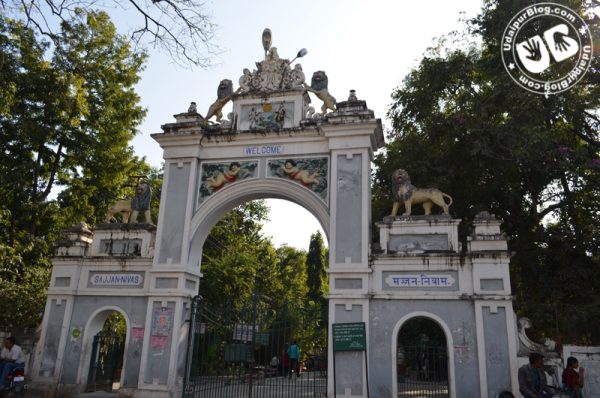Posted inPlaces to Visit
Gulab Bagh and Zoo – An Engrossing Domicile of Relishment
Nestled in the fertile valley of Udaipur, beneath the banks of lush Lake of Pichhola stands the shinning, the enchanting pleasure park baptism as Gulab Bagh. It is spread over…
